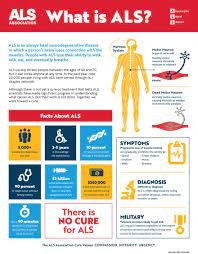In today’s digital age, the influence of social media on society is undeniable. One phenomenon that has gained significant attention is “Snapchat Dysmorphia.” This term refers to the growing trend of young individuals seeking plastic surgery to resemble their filtered and edited selves on social media platforms, particularly Snapchat. This article delves into the impact of social media on body image, explores the concept of Snapchat Dysmorphia, and discusses the potential consequences of this trend.
The Power of Social Media and Body Image
Social Media’s Role in Shaping Self-Perception
The rise of social media platforms has revolutionized the way we communicate, share experiences, and present ourselves to the world. However, it has also brought about unprecedented challenges, especially regarding body image. The constant exposure to curated and often unrealistic images can lead to distorted perceptions of beauty and self-worth.
The Filtered Reality
Filters, stickers, and augmented reality features have become integral to social media platforms like Snapchat. These tools enable users to alter their appearances in real-time, creating an idealized version of themselves that may differ significantly from their natural appearance. This has contributed to the rise of Snapchat Dysmorphia.
Understanding Snapchat Dysmorphia
From Filters to Plastic Surgery
Snapchat Dysmorphia marks a concerning progression from using filters to desiring surgical alterations. Young individuals, influenced by the flawless versions of themselves they see online, develop a desire to attain these unrealistic standards in reality. This has prompted an increased interest in plastic surgery procedures to mirror their digitally altered appearances.
Seeking Perfection
The pressure to conform to beauty standards propagated by social media can lead to body dissatisfaction and low self-esteem. Snapchat Dysmorphia stems from the desire to achieve the unattainable, striving for physical perfection that aligns with filtered images rather than embracing natural diversity.
The Consequences of Chasing Digital Perfection
Physical and Emotional Risks
Undergoing plastic surgery based on digitally altered images comes with risks. These surgeries might not yield the expected results, causing physical and emotional distress. Unrealistic expectations can lead to disappointment, anxiety, and even depression if the desired transformation is not achieved.
Perpetuating an Unrealistic Norm
Snapchat Dysmorphia perpetuates an unrealistic standard of beauty, further distorting societal perceptions of normalcy. This phenomenon fuels a culture where appearance matters more than genuine qualities, impacting relationships, self-confidence, and overall mental health.
Navigating the Digital Landscape
Promoting Authenticity
As users of social media, we have a role in promoting authenticity and self-acceptance. Sharing unfiltered, genuine moments can help counteract the negative effects of digitally altered images and encourage others to embrace their natural selves.
Media Literacy Education
Educational initiatives focusing on media literacy can empower young individuals to critically analyze the content they encounter online. By understanding the manipulation techniques used in digital imagery, they can develop a healthier perspective on beauty standards.
Conclusion
The phenomenon of Snapchat Dysmorphia underscores the powerful influence of social media on body image and self-perception. The pressure to conform to digitally altered appearances has driven some young people to seek plastic surgery. However, it is crucial to recognize the potential physical, emotional, and societal consequences of such actions. By promoting authenticity, nurturing self-acceptance, and enhancing media literacy, we can mitigate the detrimental effects of this trend.








